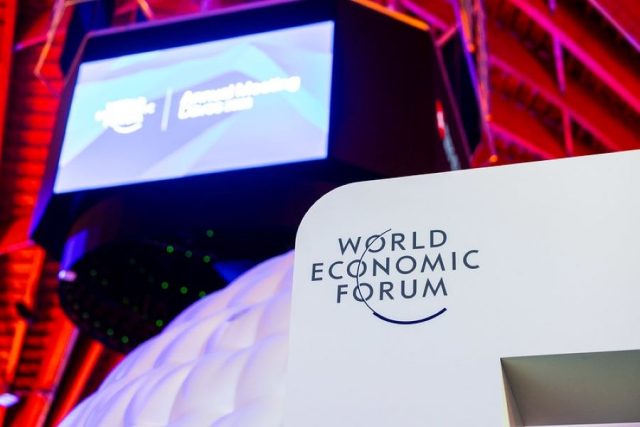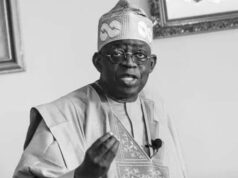
…Supply shortages of minerals used in lower-carbon technologies could delay the energy transition and cause serious social and environmental challenges if not addressed.
…New World Economic Forum research identifies targeted solutions to bridge existing supply and demand gaps through intensified investment and innovation.
…Concerted multistakeholder collaboration is key to unlocking a sustainable and equitable supply chain of minerals and metals central to the global energy transition.
MON SEPT 23 2024-theGBJournal| The World Economic Forum has today released a report exploring how to secure a sustainable, affordable and equitable supply of critical minerals globally.
Despite the crucial importance of rare minerals and metals for various lower-carbon technologies, including those required for electric vehicles and solar panels, the report highlights significant ongoing supply shortages which risk jeopardizing progress on global climate goals and deepening social and economic challenges, particularly in developing countries.
The new report, Securing Minerals for the Energy Transition: Unlocking the Value Chain through Policy, Investment and Innovation, released in collaboration with McKinsey & Company, explores barriers to securing a stable and sufficient supply of critical minerals worldwide and proposes actionable solutions for overcoming them.
Timely multistakeholder collaboration, targeted policy-making and innovative scalable solutions are key to overcoming supply-demand imbalances and ensuring a sustainable clean energy future for all, according to the report.
“Critical minerals are the backbone of the energy transition, yet the current supply shortfalls threaten to slow global climate progress,” said Roberto Bocca, Head of Centre for Energy and Materials, World Economic Forum. “By fostering collaboration across industries and governments, and stimulating innovation and investment, we can unlock the full potential of these resources while ensuring sustainability and equity in the supply chain.”
Tackling rising demand and insufficient supply
The demand for critical materials is accelerating in line with the energy transition, as demonstrated by the growth in share of production increasingly shifting to energy transition materials, such as, lithium and copper and rare earth elements. Although supply has increased in recent years, certain rare earth elements are still projected to face significant shortages.
To ensure that the world can meet its clean energy goals, the new research underlines the importance of ramping up investment in both new and existing mining projects, developing innovative technologies – for example, in mineral processing – increasing reprocessing and recycling, and advancing demand-side management through material substitution.
Targeted policy initiatives will be central to facilitate these actions, help build resilient global supply chains and ensure that local communities benefit across the world.
“As the size and shape of the metals and mining value pool continues to evolve, the development of projects with favourable position on the cost curve and a robust business case will be key to closing the supply-demand gap for critical commodities,” said Michel Van Hoey, Global Co-Leader McKinsey Metals & Mining, McKinsey & Company.
“This will be essential to the economic deployment of at-scale low-carbon technologies for the energy transition, while the sector addresses availability, affordability and sustainability of supply for the long-term.”
Key barriers to progress
The paper identifies three main barriers to securing a stable critical minerals supply:
-Financial Barriers to Financing: High or uncertain capital expenditures for individual mining projects and the financial risks of investing in early-stage innovation.
-Regulatory and Policy Barriers: Lengthy permitting timelines, complex regulatory frameworks, and a lack of infrastructure and skilled labour slow the development of new mining projects. Additionally, a lack of clear demand-side signals for critical minerals complicates investment decisions.
-ESG and Data Barriers: A lack of standardized ESG (environmental, social, and governance) frameworks, coupled with transparency issues in minerals supply and demand data, hinders investor confidence and stakeholder collaboration.
Collaborative solutions
To address these barriers, the research underlines the need for targeted policy interventions, cross-sector collaboration and broad innovation. It highlights several solutions, including providing both direct and indirect financial support for mining projects and scaling new technologies, streamlining permitting processes, reducing policy complexities (such as regulatory duplication) and harmonizing ESG standards to ensure responsible mineral sourcing across sectors and borders.
The report concludes that achieving a secure and equitable supply of critical minerals will depend on collective action and partnerships involving all key stakeholders – governments, the private sector, impact start-ups, international organizations, local communities and more.
X-@theGBJournal|Facebook-the Government and Business Journal|email:gbj@govbusinessjournal.com|govandbusinessj@gmail.com









